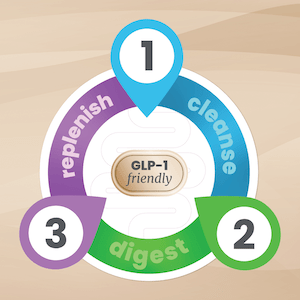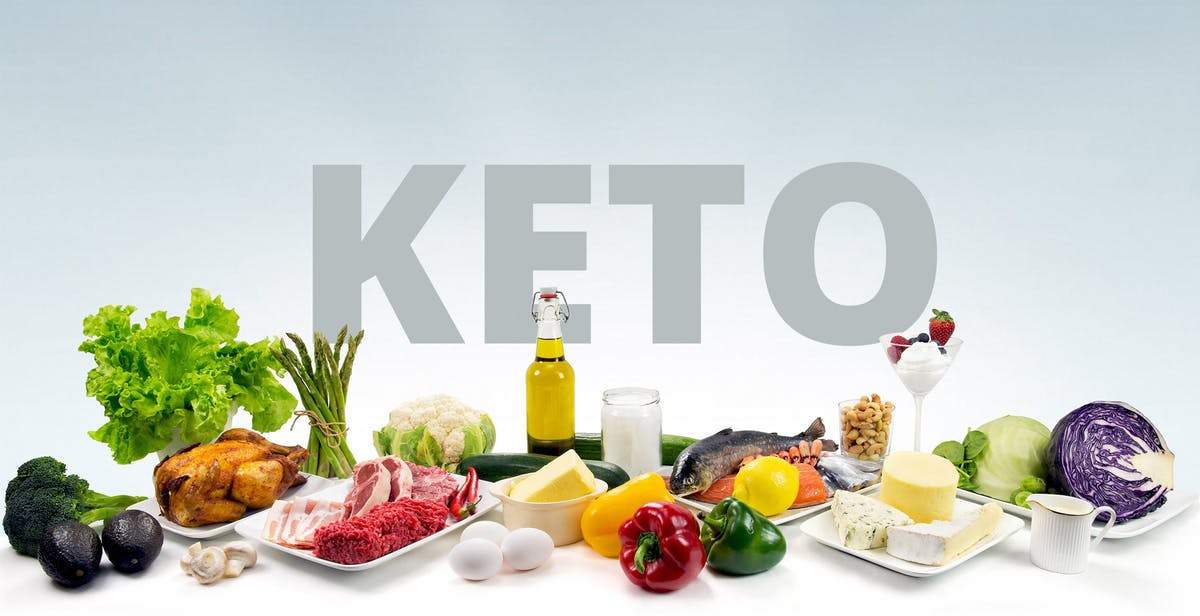How does the Keto Diet work?
In basic terms, when you drastically cut out carbohydrates and replace your intake with key foods, you shift your body to run on alternative fuel sources like that pesky belly fat and love handles that have been holding you back.
What are the draws?
Weight loss is the big one, but many participants are also happy to report that while they do have to resist eating those tempting carbs, they DO NOT have to embark on the monotony of counting calories day in and out. Rather, the Keto Diet works around some ballpark percentages such as: 75% fat, 20% proteins and select carbs to support workouts.
As far as eating goes, the Keto Diet actually welcomes:
- Red and White Meat
- Fish
- Eggs, Butter and Cheese
- Almonds, Nuts and Other Seeds
- Low-Carb Veggies
Finally, some studies have even linked the Keto Diet better insulin sensitivity and a potential combatant to some forms of Diabetes.
What does the Ketogenic Diet do to my metabolism?
We touched on it before, but as you stray away from empty carbs and sugars, the body begins to break down fat reserves for energy. You're not unlocking some superpower (your body metabolism has always been able to do this) but most Americans have built up a dietary dependence on high carb, high sugar diets so it takes some willpower and self-discipline to ween off of the old and welcome the new.
Moreover, a strict Keto diet places limitations on the volume of fruits and vegetables you'd otherwise consume. Yes, a portion of leafy greens is acceptable, but the Keto plan calls for less fruit and produce which may translate into less fiber in your diet. As you could expect, this can cause irregularity in some participants and delay results as well as increase general digestive discomfort. It's highly recommended that you consider supplementing your Keto journey with a detox or digestive cleanse as well as natural fiber products.
It's not uncommon for many people to actually experience a brief "Keto Flu" in the beginning, but anyone who's embarked on a fast, new workout plan or diet can relate. As the body tries to figure out how to operate on your new diet you may have a few days of lethargy, cravings, headaches or constipation. All the more reason to curb the side effects of a Keto Diet with quality fiber supplements (nbpure fiber only has 4.5g of carbs so it's Keto-friendly), plenty of water and realistic expectations. In other words, ease into your workouts and allow your body a few grace days. Don't burn yourself out before you start seeing results. In time, your digestive system will take the protein boost and channel some epic workouts.
To learn more about the Keto Diet check out this YouTube video that follows a beginner's journey! Ashley discusses some Keto vocabulary, apps that helped her family out and more.


















